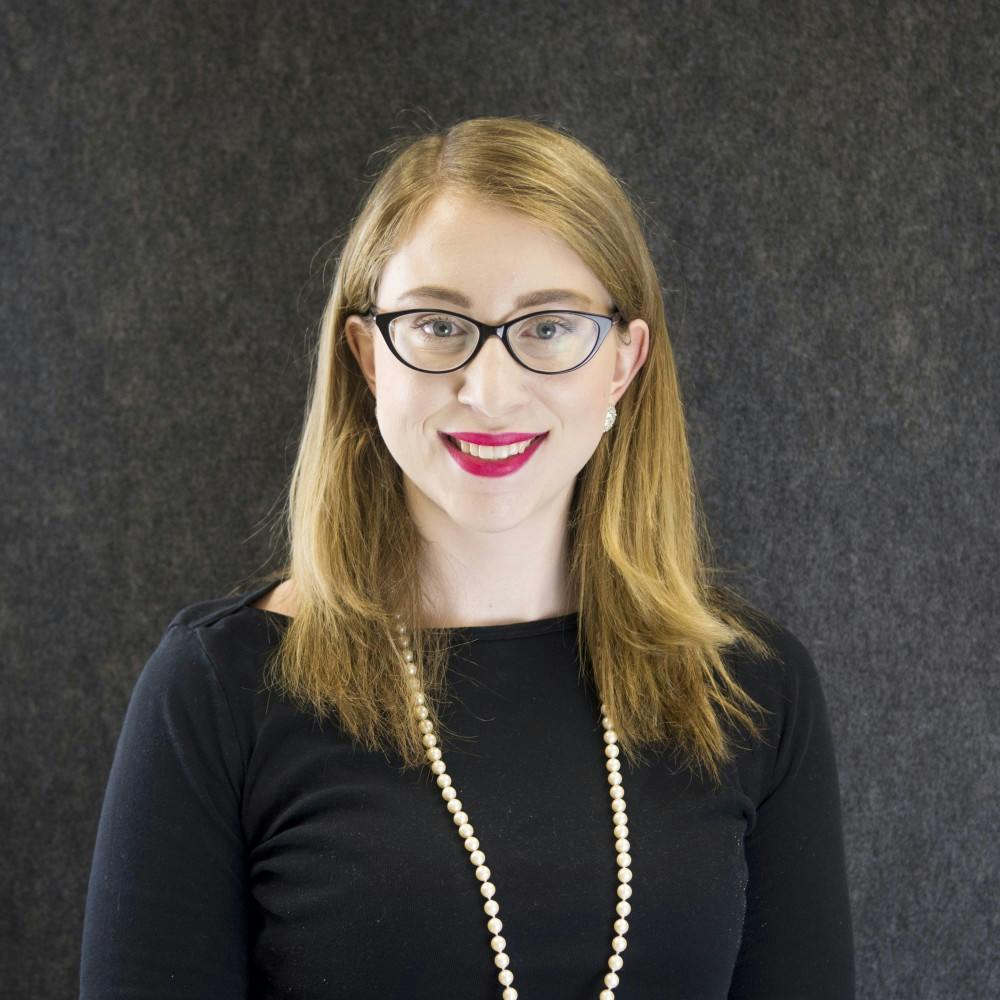Growing up, I only heard a “single story” about bisexuality. I couldn’t relate to that story, so I assumed I couldn’t possibly be bisexual.
“The single story creates stereotypes and the problem with stereotypes is not that they are untrue, but that they are incomplete. They make one story become the only story,” Chimamanda Adiche Ngozi once said.
What I didn’t know when I was younger is there are endless ways to be bisexual.
I first came out as bisexual at age 18.In retrospect, I’m surprised I didn’t come to the realization sooner.
Bisexual individuals often feel “invisible.” People tend to have this misconception that one can only be straight or gay, thereby completely erasing a multitude of identities that exist along the sexuality spectrum, including bisexuality.
For a long time, I internalized societal attitudes about bisexuality. I believed that one could be gay or straight and that anyone in between was “confused,” “going through a phase,” or “promiscuous.” These perceptions of bisexuality left me feeling deeply ashamed of myself for a long time.
I’ve always been a huge nerd. In elementary school, I was completely obsessed with “The Lord of the Rings” and “Star Wars.”
I remember having a crush on Legolas from “The Lord of the Rings” and Anakin Skywalker from the “Star Wars”movies. I also remember being what I could only describe as “obsessed” with Arwen from “The Lord of the Rings” and Padme Amidala from “Star Wars.” I thought the actresses who played these characters were super pretty and I felt this fluttery feeling in my stomach whenever they came on screen.
My feelings towards these women were more or less identical to the crush-like feelings I felt toward the male leads in these films, but I didn’t identify the feelings as romantic in any way at the time. Because even at a young age, I understood that girls are only supposed to like boys.
I started having crushes on classmates in middle school. Once again, I immediately identified the “butterflies in my stomach” feeling I got around boys as a crush. But when I had the same feelings toward a girl, I figured that it meant I just wanted to be really good friends with her, because it never occurred to me that it was normal for a girl to have a crush on another girl.
It never occurred to me a girl like me could like other girls.
By the time I entered junior high, I knew about gay people. In fact, I knew a lesbian couple. My family was accepting toward these wome, and I didn’t think badly of them in any way.
However, these women were nothing like me. They were both athletes with short hair who wore masculine style clothing. Meanwhile, I was relentlessly girly, a pink dress connoisseur and collector of lip glosses. Certainly, then, I must be straight, I assured myself.
It didn’t occur to me that straight people don’t have to reassure themselves that they are straight.
As my adolescence progressed, whenever I felt romantic feelings for a boy, I was relieved.
Then I met a lovely girl who I couldn’t stop thinking about. She would pop into my head when I listened to my favorite Taylor Swift songs. I would write about her in my diary. She left me feeling giddy and dizzy after she complimented my dress.
I suppressed those feelings. I tried to write them off as just platonic.
I started to feel like there was maybe something wrong with me. I knew I wasn’t gay because I liked boys, too. Back then, I didn’t know there was a word to describe people like me.
Not only do I wish society would accept bisexuality as a valid identity, I also wish there were more narratives about bisexuality beyond the stereotypes.
As I teen, I was a very shy, reserved girl with zero romantic experience. I loved Taylor Swift, Jane Austen novels, floral dresses and earl grey tea. The bisexual characters I saw in the media were nothing like me.
To this day, I have yet to see any narratives in the mainstream media that at all resemble the person I was or am. Had I found a bisexual person I could have related to as a teenager, then perhaps I would have come to terms with my identity sooner.
If I was shown that bisexual people weren't like the stereotypes (which made me feel like bisexual was the last thing someone like me could be), then maybe I wouldn't have spent so much time thinking I was broken.
That is why I'm sharing my story today. So that maybe we can slowly begin to incorporate other narratives into the dominant perception of bisexuality and maybe fewer people will feel like there is something wrong with them.
Only a few years ago, I was ashamed and afraid of this part of myself. But for this year’s National Coming Out Day, I celebrated my identity – and it feels pretty great.
Maddy Fowler is a news staff writer and can be reached at news@ubspectrum.com





